Festival de los Faroles de Seúl (서울빛초롱축제)
1.6Km 2025-12-31
Taepyeong-ro 1-ga 1, Jung-gu, Seúl.
02-3788-8168
Es un festival internacional de faroles realizado desde el año 2009 en pleno centro de Seúl. Este año, en la edición 2025-2026, habrá unas estructuras iluminadas sobre dos arroyos de la ciudad: Cheonggyecheon y Uicheon.
Sala de Exposiciones sobre Derechos Humanos en Corea del Norte (북한인권전시실)
1.6Km 2025-11-14
Samil-daero 393, Jongno-gu, Seúl
Santuario de la Realeza Jongmyo (종묘) [Patrimonio Cultural de la Humanidad de la Unesco]
1.6Km 2023-08-28
Jong-ro 157, Jongno-gu, Seúl.
El Santuario de la Realeza Jongmyo era el lugar de adoración de los reyes de la dinastía Joseon. Fue construido cuando el primer rey de Joseon, Lee Seong-Gye (1335-1408) fundó la dinastía. El Santuario de la Realeza Jongmyo se encuentra registrado como Patrimonio Cultural de la Humanidad porque la tradición y las costumbres tales como los servicios de conmemoración y la música tradicional entre otros, se hallan muy bien preservados.
Frente a la entrada principal del Santuario el sendero se divide en tres. La senda del medio, levemente más elevada que los de los lados, era para el difunto rey; la senda del lado este, para el rey en el gobierno; y la del lado oeste, para el príncipe. El sendero central se conecta a Jeongjeon, y los senderos de los lados, a las habitaciones donde se preparaban para el servicio de conmemoración una vez que habían consumado la ablución. Después de la preparación adecuada del cuerpo y mente, el rey y el príncipe se trasladaban a Jeonsacheong. Jeonsacheong era el lugar donde se preparaba la comida para la ceremonia. Con un patio en el centro, el edificio de Jeonsacheong tenía la forma de un cuadrado. El edificio principal, Jeongjeon era donde se preservaban las lápidas mortuorias de los reyes anteriores y la sede de ejecución de las ceremonias de conmemoración. Solamente este lugar ha mantenido durante tan largo tiempo su tradición, pese a que la costumbre de celebrar la memoria de los monarcas exitosos se haya trasmitido originalmente desde China. Jeongjeon tiene 19 habitáculos y en cada uno se adora a los reyes de la Joseon. Dentro de una pared de Jeongjeon se halla el Gongsinjeong, donde se preservan los restos de los servidores más fieles al rey.
La música de los servicios conmemorativos del Santuario de la Realeza Jongmyo es el resultado armónico de los sonidos instrumentales, el canto, y las danzas que se han transmitido por 500 años. La melodía se logra en la misma forma que hace cinco siglos atrás. Entre las ceremonias completas, esta es la más antigua del mundo y tiene lugar cada primer domingo de mayo. Si está de viaje por Corea en esas fechas, puede ser una excelente oportunidad para observar la solemnidad y grandeza de una ceremonia tradicional tan antigua.
Dongwha Duty Free (동화면세점)
1.6Km 2025-08-04
Sejong-daero 149, Jongno-gu, Seúl.
Chosochaekbang Deosup del Monte Inwangsan (인왕산 더숲 초소책방)
1.6Km 2025-04-18
Inwangsan-ro 172, Jongno-gu, Seúl
HiKR Ground (하이커 그라운드)
1.6Km 2025-09-01
Cheonggyecheon-ro 40, Jung-gu, Seúl
En el piso 1 encontramos el “HiKR Wall”, una larga pared multimedia en la que se pueden apreciar diversas expresiones de arte multimedial, el Centro de Información de Turismo Médico, y también están en exposición la obra Sindosisansudo, del artista de multimedios Leenam Lee, y videos relacionados con el turismo en Corea enviados en forma pública por fans del Hallyu de todo el mundo. En el piso 2, los visitantes pueden hacer sus propios videos musicales de K-Pop usando el XR Live Studio. Cerca del ventanal que da al arroyo Cheonggyecheon encontramos la impresionante obra artística North Wall, que es una instalación del artista Suh Do-ho. Y en los pisos 3 y 4, los visitantes pueden sumergirse en el turismo local de Corea a través de diversas expresiones artísticas, actividades y exposiciones.
[Aviso de días de cierre y suspensión de programas]
Debido a obras de refacción en el HiKR Ground, todos los pisos quedarán cerrados como se detalla a continuación:
- Días de cierre: 1, 2, 3, 4 y 15 de septiembre de 2025.
- El mostrador de información, que opera todo el año, también estará cerrado durante este período.
- El Café Knotted del piso 5 abre con normalidad.
- Del 1 al 15 de septiembre, todos los programas están suspendidos debido a que el espacio tendrá un uso aparte (incluyendo programas regulares, programas interactivos y visitas guiadas).
- Desde el 5 de septiembre se celebrará el Festival de la Cultura de los Juegos (Game Culture Festival) en el HiKR Ground. Todos los visitantes están invitados a participar.
WeRide (위라이드)
1.6Km 2023-08-02
Cheonggyecheon-ro 40, Jung-gu, Seúl
Con los guías turísticos certificados de WeRide, los viajeros pueden experimentar recuerdos inolvidables al andar en bicicleta eléctrica por atracciones escondidas en todo Seúl. "La mejor manera de recorrer Seúl" es el lema de la compañía. El recorrido dura 2 horas y 30 minutos, y los participantes pueden recorrer la ciudad de manera segura con un guía profesional. La diversión de andar en bicicleta eléctrica se suma al atractivo de escuchar las historias del guía sobre la cultura coreana. Para quienes tengan dificultades con la bicicleta, también hay calesas eléctricas. Además, se alquilan bicicletas para ciclistas que quieran viajar por Corea.
Calle de Puestos Callejeros de Jongno 3-ga (종로3가 포장마차 거리)
1.6Km 2025-05-27
Gwansu-dong, Jongno-gu, Seúl
Hyehwa1938 / 혜화1938
1.6Km 2025-08-12
7, Sungkyunkwan-ro 16-gil, Jongno-gu, Seoul
+82-10-7107-1752
Located in (no suggestions)-dong of Seoul, Hyehwa 1938 is a lodging facility which is based on the remodeling of an 80-year- old traditional Korean house. A traditional Korean house expert initially wanted to use it as an office but later decided to turn it into a guest house due to its large size. As a result, the unique beauty of traditional Korean house was revived while improving practicality. The Woojeong room and Sarang room are now resized to accommodate max 8 persons which used to be only max 4 in the past. Despite the remodeling, the aura and atmosphere of the traditional Korean house is well preserved. Inside the room, you can see that the chandelier of the rich house in the '30s are accompanied by modern furniture and electronics which maintain unique harmony. Open the windows to see sansuyu and maehwa along with other various seasonal trees with beautiful colors and also the space such as edges and sewers are well arranged to avoid any discomforts with your eyesight. The heart of architecture offers only two rooms for guests, and you are all welcome to enjoy the true beauty of Korea.
Centro Comercial de Joyas de Jongno 3-ga (종로3가 귀금속 전문상가)
1.6Km 2025-04-07
Jong-ro 3-ga, Jongno-gu, Seúl.
02-2148-1114
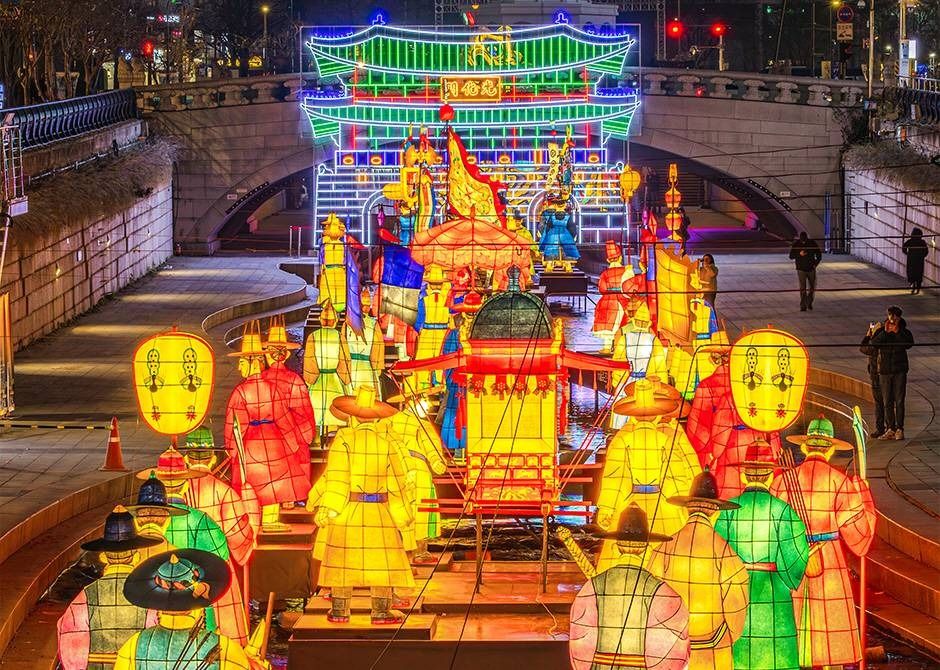
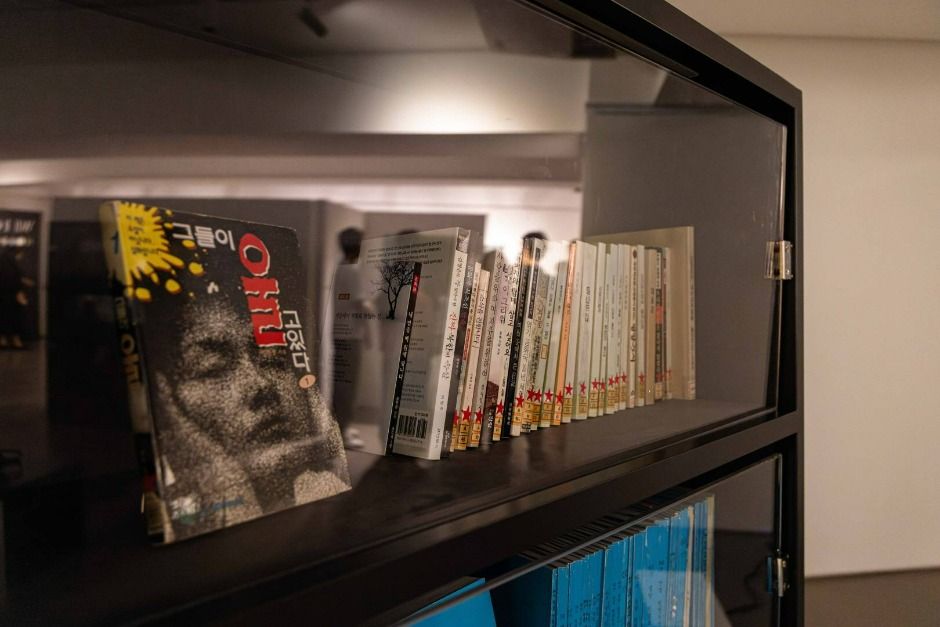
![Santuario de la Realeza Jongmyo (종묘) [Patrimonio Cultural de la Humanidad de la Unesco]](http://tong.visitkorea.or.kr/cms/resource/41/2678541_image2_1.jpg)
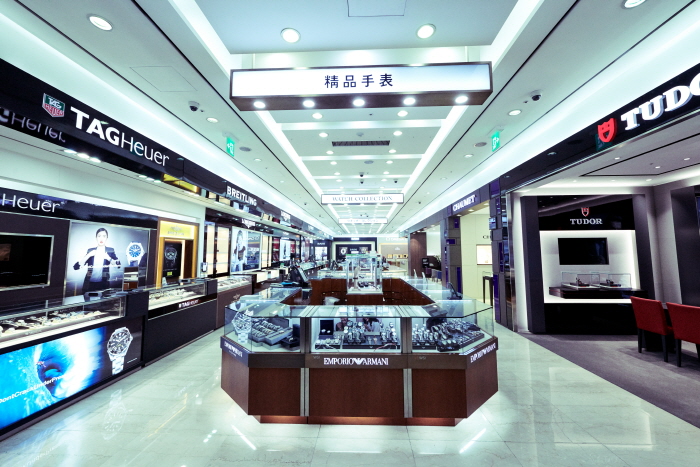

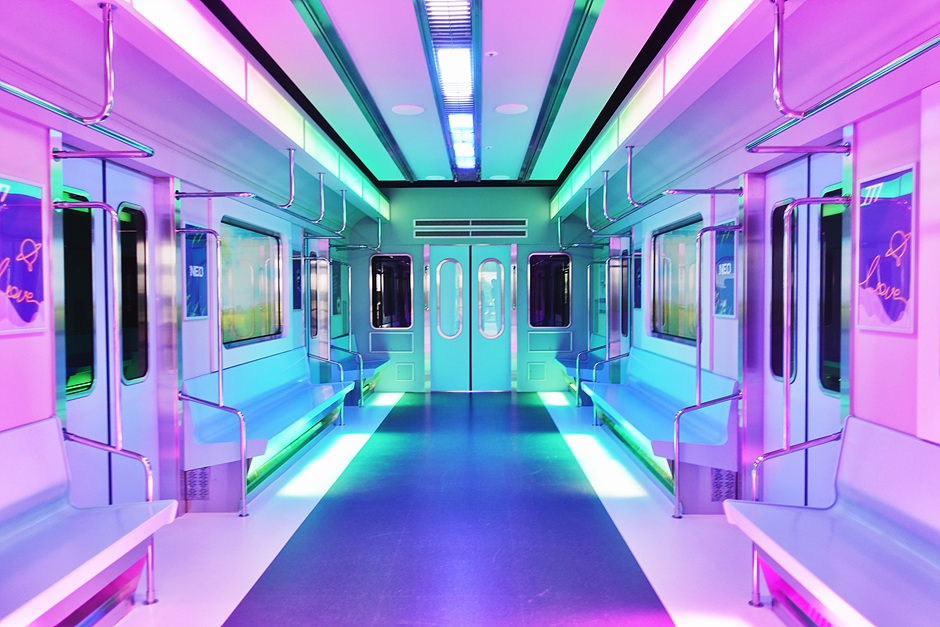

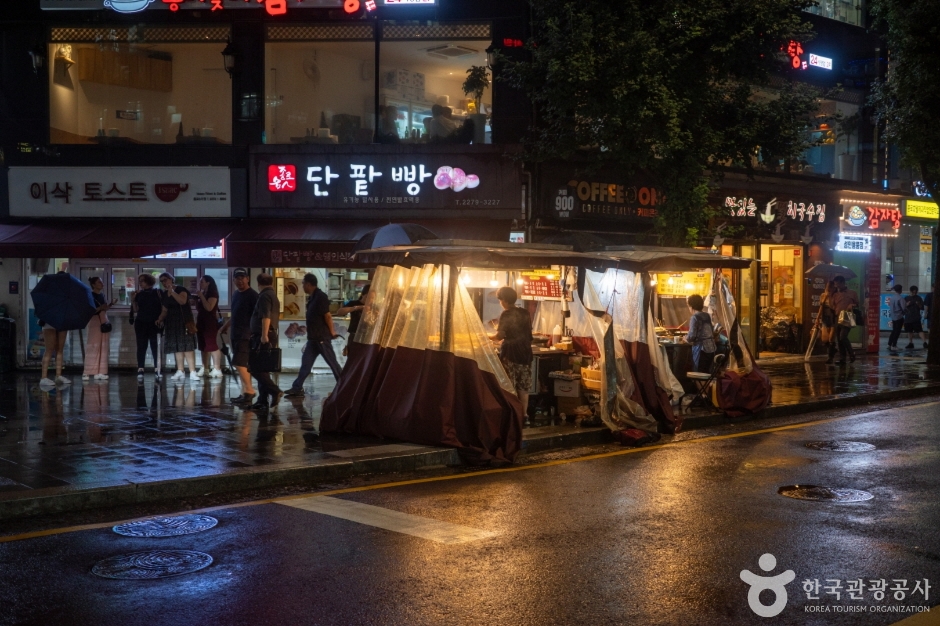
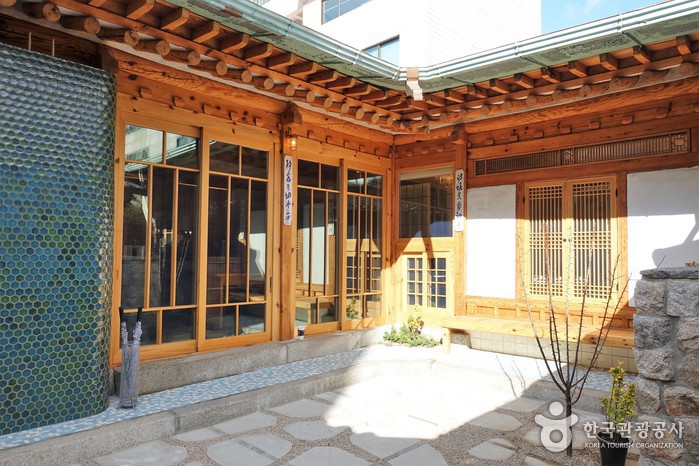
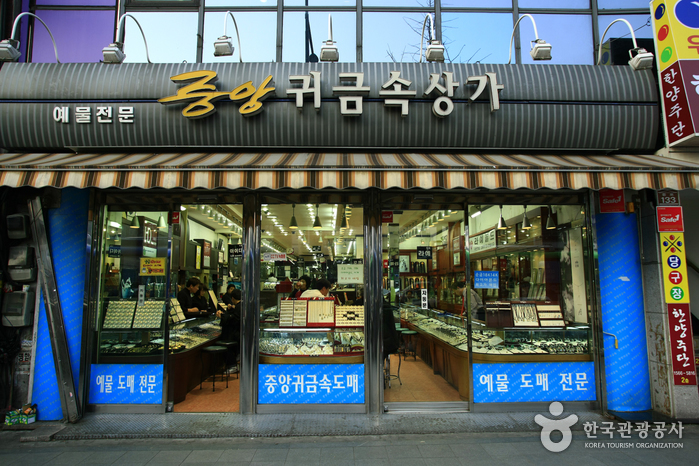
 Español
Español
 한국어
한국어 English
English 日本語
日本語 中文(简体)
中文(简体) Deutsch
Deutsch Français
Français Русский
Русский